As many badminton stars prepare to get back into action, we take a look at how the Olympics changed the landscape.
By Kira Rin. Photos: Yves Lacroix for Badmintonphoto
In the progress of sports, records stand as a benchmark for future athletes to aim at. One of the biggest dreams of an athlete is to break such records and have their name enshrined in annals of history.
Once again, new winners have emerged from their battles on the courts of Rio, with some marking their country’s first gold medal in badminton, while others come to add yet another medal to the national trophy case.
Women’s singles – Conquistador Marin
Proving that dedication and hard work can overcome any adversary, Carolina Marin has finally succeeded in adding a new flag to the list of singles gold medallists. That hadn’t happened since Sydney in 2000, when Gong Zhichao won China’s very first singles gold. Marin’s victory came at the cost of P. V. Sindhu (pictured above), who still managed to get India’s best medal yet in badminton, besting Saina Nehwal’s London bronze with Rio silver and earning herself a hero’s welcome upon her return home.
China’s former dominance of the women’s singles came to an end when Sindhu defeated Wang Yihan in the quarter-finals, and the injured Li Xuerui (pictured) first lost out to Marin in the semis then withdrew from the bronze medal match to mark the second time China has come away empty-handed since 1996.
True to his word, Spanish coach Fernando Rivas has managed to produce an exceptional player who struck gold in the Olympics after nabbing two World Champion titles. At the young age of 23, Marin still has many more years of competition in front of her, possibly facing fellow medallists Sindhu and Nozomi Okuhara in the years to come. Meanwhile, Sindhu and Okuhara, having earned their nation’s first ever silver and first singles bronze respectively, will be among those working to achieve first golds in the future.
Men’s singles – A new rising dragon
Arriving as a bronze medallist from the previous Olympics, Chen Long now stands as a bearer of a shiny new gold medal of the Olympics in 2016. While Lee Chong Wei (pictured) had to once again settle for silver, he did achieve a record of his own. Lee and Lin Dan had together become the first men’s singles players to achieve consecutive finals back in 2012. In Rio, with his epic victory over the two-time gold medallist, Lee became the first singles player ever to feature in three consecutive finals. In fact, the Malaysian was only the second player ever to do it in any discipline, as just three days earlier, Fu Haifeng booked his spot in his third consecutive final in men’s doubles.
With this Olympics being the fourth for both Lee and Lin, it is highly likely that they may retire before Tokyo, as they are already 33 and 32 respectively. Lee has openly expressed his wishes for a younger generation to make their way to the top, while he himself will aim for next year’s World Championships.
Men’s doubles – Fu joins the triple medal club
Heavy smasher Fu Haifeng (pictured) has now become the first consecutive gold medallist in men’s doubles, though with new partner Zhang Nan standing by his side. In the likes of Lee Chong Wei and Lin Dan, Fu Haifeng has completed his quadruple Olympic participation, with a fifth depending on if the man himself can keep his smashes hitting home.
Malaysia’s Goh V Shem and Tan Wee Kiong had a most epic run as the underdogs of the tournament, first topping their box with a three-game victory over Fu/Zhang, taking out a World Ranked 1 pair of Lee Yong Dae / Yoo Yeon Seong, and facing yet another Chinese pair of Chai Biao and Hong Wei on the path to the finals. Having played three consecutive three-game matches, Goh and Tan completed another in the final and they were surprisingly able to maintain the level of stamina to push their repeat opponents and Olympic pair to a nail-biting finish to the third game.
20 years ago, Cheah Soon Kit and Yap Kim Hock came away with silver, having been bested by Indonesian greats Rexy Mainaky and Ricky Subagja. Goh V Shem and Tan Wee Kiong have once again accomplished this feat in the current Olympics. While it’s been over two years since a Malaysian pair has won a men’s doubles title in the Superseries, the Olympic silver brings hope for Malaysia to re-establish itself as a badminton powerhouse, a status that has always had the men’s doubles discipline at its core.
English pair Marcus Ellis and Chris Langridge (pictured) had a very generous helping of luck in their Olympic run. First, the Brits narrowly edged Mathias Boe and Carsten Mogensen out of the quarter-finals by recording one more game than the Danes in their box matches. Next, they trumped former world #2 pair Hiroyuki Endo and Kenichi Hayakawa, and then finally they faced down world #5 Chai Biao and Hong Wei in the bronze medal match. Lady luck provided a fairy-tale ending with a bronze medal marking Great Britain’s first medal in men’s doubles.
Women’s doubles – Japan’s golden sun
With the exit of the Luo sisters by just a few points in a three-way tie in the group stage, all eyes fell onto Tan Yuanting and Yu Yang to keep China’s golden hopes alive. However it was not to come, as they fell to the Danes Christinna Pedersen and Kamilla Rytter Juhl in the semi-finals. As if that wasn’t enough, the Koreans Jung Kyung Eun and Shin Seung Chan added insult to injury by swooping down for the bronze medal, leaving China without a single medal in women’s doubles for the first time since badminton’s inception at the Olympics.
Misaki Matsumoto and Ayaka Takahashi (pictured) have improved on Japan’s previous silver medal with a gold for their performance, and in doing so, marked Japan’s first ever gold medal in badminton. On the other hand, Christinna Pedersen and Kamilla Rytter Juhl had a harder path, narrowly squeaking into second position in their box, then taking each of their elimination matches to the full three-game distance. It would have been an impressive feat to maintain their aggressive play all the way into the finals, and despite their loss, the Danes managed to carve their mark as the first Danish medallists in women’s doubles.
Mixed doubles – Return of Indonesia’s golden tradition?
17 August 2016 will be forever remembered as the day Indonesia claimed its Olympic gold medal in the closing hours of its Independence Day. Tontowi Ahmad’s power combined with Liliyana Natsir’s experience saw the Indonesians quickly clear their 2 final games against fellow South East Asians Chan Peng Soon and Goh Liu Ying of Malaysia.
After the red sweep of 2012 that saw China leave with all five titles, thus breaking Indonesia’s tradition of at least one badminton gold medal in each Olympics, Indonesia can once again lay claim to an Olympic gold this year. But it was also a new milestone in that it marked their first gold in mixed doubles. Women’s doubles remains the last discipline that Indonesia has yet to medal in, and with the breakdown of China’s hold this year, the elusive gold of 2020 is open to any pair who can put in hard work and rise above the competition.
A new age of badminton?
Chan Peng Soon and Goh Liu Ying (pictured) marked the first of Malaysia’s 3 silver medals, its best run ever since 2 medals in 1996. Their silver is also a first Malaysian medal in a new category besides men’s singles and men’s doubles. In this Olympics, China has come dangerously close to being toppled from the top position in the medal table, being tied with Malaysia at 3 medals, 2 of which came from sharing finals with each other.
The distinct lack of Chinese dominance this year, with China having won the least number of medals ever, has proven that anyone who can put in the hard work like Carolina Marin can lay a claim to the shiny gold. Depending on the result of their players on the international circuit, old powerhouses like Malaysia may rise again, while newer countries like Japan will strive to carve their name in the annals of history. A new open era of badminton may begin, with many more countries than ever being represented in the international circuit and a greater variety of players coming forward to make their mark.
![After Rio – Olympics medals get new homes, new names As many badminton stars prepare to get back into action, we take a look at how the Olympics changed the landscape. By Kira Rin. Photos: Yves Lacroix for Badmintonphoto In […]](http://www.badzine.net/wp-content/uploads/ngg_featured/20160817_1415_OlympicGames2016_Yves1251_rotator.jpg)
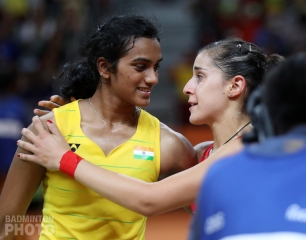
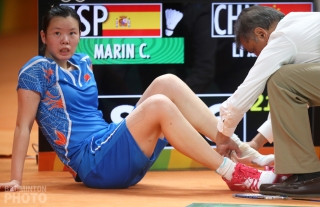
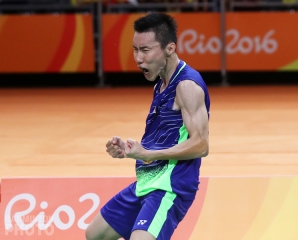
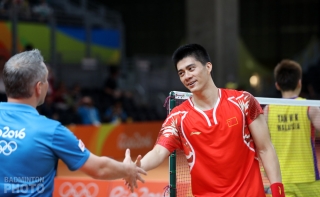
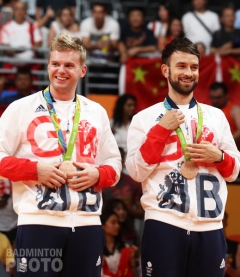
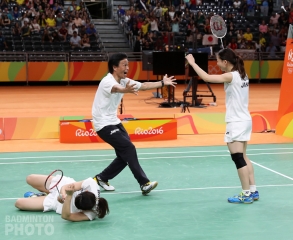
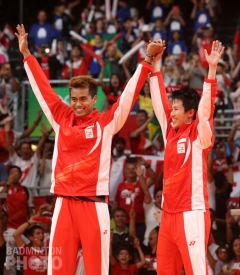

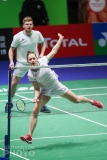


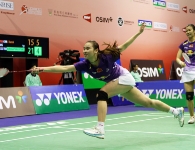
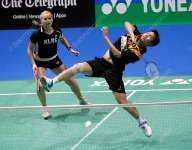

Leave a Reply